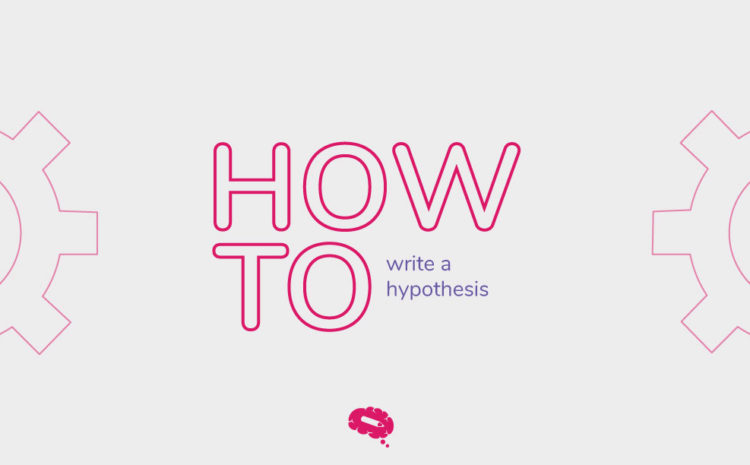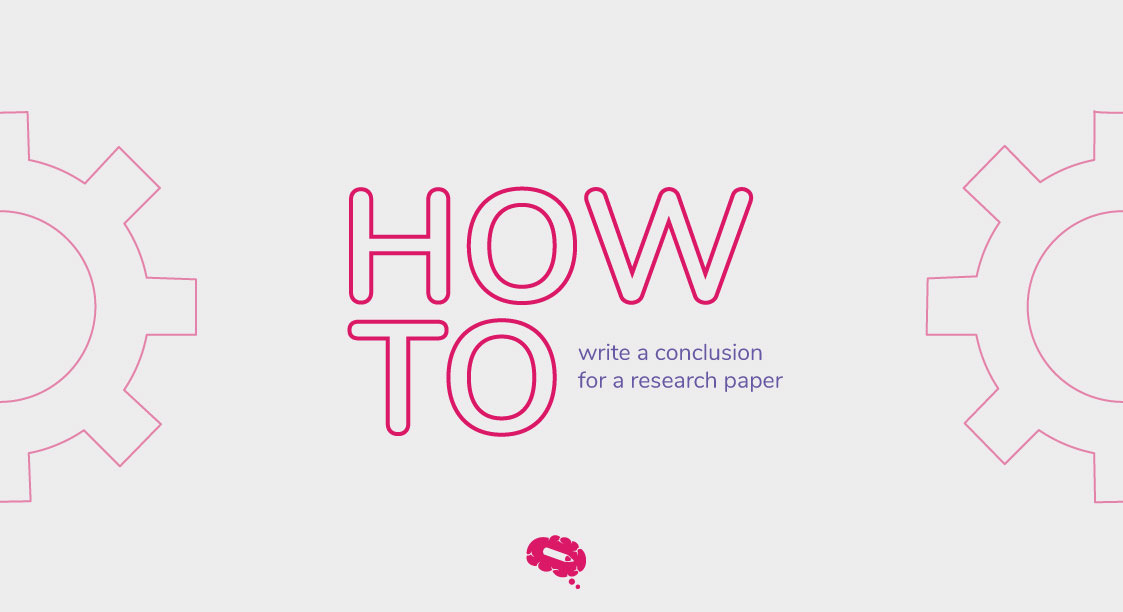A hypothesis is simply a testable statement to find an answer to a specific question; a formalized hypothesis forces the thought about what results to expect in an experiment.
As a result, a hypothesis can be used for almost anything, such as testing different outcomes in daily tasks, identifying a possible ending in a research, forming the basis of a scientific experiment, and so on.
With this article, you will learn the reasoning behind it, the various types of hypotheses as well as how to write a hypothesis more clearly.
What is a hypothesis?
A hypothesis is a method of forecasting, an attempt to find an answer to something that has not yet been tested, an idea or a proposal based on limited evidence.
In most cases, this entails proposing relationships between two variables (or more): the independent variable (the change made) and the dependent variable (the measure). For example, suppose you’re used to studying all night before a test, but you’re always too tired to understand the subject clearly, resulting in poor grades.
So, the hypothesis is that if you study during the day, you will understand the subject and, as a result, receive a good grade. In this example, the independent variable is the study time and the dependent variables are the understanding of the subject and the grade.
As you can see, a hypothesis can be used in almost any situation, but it is most commonly found in research papers or scientific experiments.
When writing a hypothesis, it is critical to be cautious and thorough before beginning to write it down. Because any hypothesis must be proven through facts, direct testing, and data evidence, even minor flaws or misunderstandings in hypothesis construction can have a negative impact on the quality of your research and its subsequent results.
Types of Research Hypothesis and Examples
There are various types of hypotheses available depending on the nature or purpose of your hypothesis, whether it is for research or a scientific experiment.
Before we get into how to write a hypothesis, let’s go over the different types to see which one is best for you.
Simple Hypothesis
A simple hypothesis will only test and experiment with the relationship between two variables: the independent variable and the dependent one. As we priorly exemplified using study time and grades.
Complex Hypothesis
A more complex hypothesis involves a relationship between more than two variables, let’s say: two independent variables and one dependent variable or vice versa.
Example: Higher the poverty, higher the illiteracy in society, higher will be the rate of crimes.
Null Hypothesis
A null hypothesis, abbreviated as H0, is one in which there is no relationship between the variables.
For example, poverty has nothing to do with a society’s crime rate.
Alternative Hypothesis
In conjunction with a null hypothesis, an alternative hypothesis (H1 or HA) is used. It states the inverse of the null hypothesis, implying that only one must be true.
For example, poverty is the cause of society’s crime rate.
Composite Hypothesis
A composite hypothesis is one that does not predict the dependent variable’s exact parameters, distribution, or range.
We would frequently predict an exact outcome. “23-year-old men are on average 189cm tall,” for example. We are providing an exact parameter here. As a result, the hypothesis is not composite.
However, we cannot always precisely hypothesize something. In these cases, we might say, “On average, 23-year-old men are not 189cm tall.” We have not established a distribution range or precise parameters for the average height of 23-year-old men. As a result, we’ve introduced a composite hypothesis rather than an exact hypothesis.
An alternative hypothesis (as discussed above) is generally composite because it is defined as anything other than the null hypothesis. Because this ‘anything except’ does not specify parameters or distribution, it is an example of a composite hypothesis.
Logical Hypothesis
A hypothesis that can be verified logically is known as a logical hypothesis. So, without actual evidence, a logical hypothesis suggests a relationship between variables.
Example: Alligators have green scales, therefore dinosaurs closely related to them most likely had green scales as well. However, because they are all extinct, we must rely on logic rather than empirical data.
Empirical Hypothesis
An empirical hypothesis is the inverse of a logical hypothesis. It is a hypothesis that is currently being tested through scientific investigation, it relies on concrete data. This is also known as a ‘working hypothesis.’
Example: Cows’ lifespan is reduced by feeding them 1 pound of corn per day.
Statistical Hypothesis
A statistical hypothesis uses representative statistical models to draw conclusions about larger populations. Instead of testing everything, you test a subset and generalize the rest based on previously collected data.
Example: Natural red hair is found in about 2% of the world’s population.
Directional Hypothesis
A directional hypothesis predicts whether the effect of an intervention will be positive or negative before the test itself.
Example: Does rainy weather impact the amount of moderate to high intensity exercise people do per week? Positively, rain reduces the amount of moderate to vigorous exercise people do per week.
How to write a hypothesis in six steps
1. Ask a question
Writing a hypothesis implies that you have a question to answer. The question should be direct, focused, and specific. To aid in identification, frame this question with the classic six: who, what, where, when, why, or how. But remember that a hypothesis must be a statement and not a question.
2. Gather primary research
Collecting background information on the topic may necessitate the reading of several books, academic journals, experiments, and observations, or it may be as simple as an internet search.
Remember to consider your questions from multiple perspectives; conflicting research can be extremely useful when developing a hypothesis; you can use their findings as potential rebuttals and frame your study to address these concerns.
3. Define your variables
Once you’ve determined what the question will be, you must identify the independent and dependent variables, as well as the type of hypothesis that applies.
4. Put it in the form of an if-then statement
When constructing a hypothesis, using an if-then format can be helpful. For example: “If I exercise more, I will lose more weight.” This format can be tricky when dealing with multiple variables, but in general, it’s a reliable way of expressing the cause-and-effect relationship you’re testing.
5. Collect more data to prove your hypothesis
The priority over a hypothesis is answering the question and proving it right or wrong. Once you’ve established your hypothesis and determined your variables, you can begin your experiments. Ideally, you’ll gather data to support your hypothesis.
6. Write it down
Finally, once you’ve written your hypothesis, analyze all of the data you’ve gathered and draw your conclusions in a research paper format.
Unleash the Power of Infographics with Mind the Graph
Use this opportunity to include a visual tool in your research paper to help clarify your hypothesis. Mind The Graph transforms scientists into designers to increase the visual impact of your research.

Subscribe to our newsletter
Exclusive high quality content about effective visual
communication in science.




